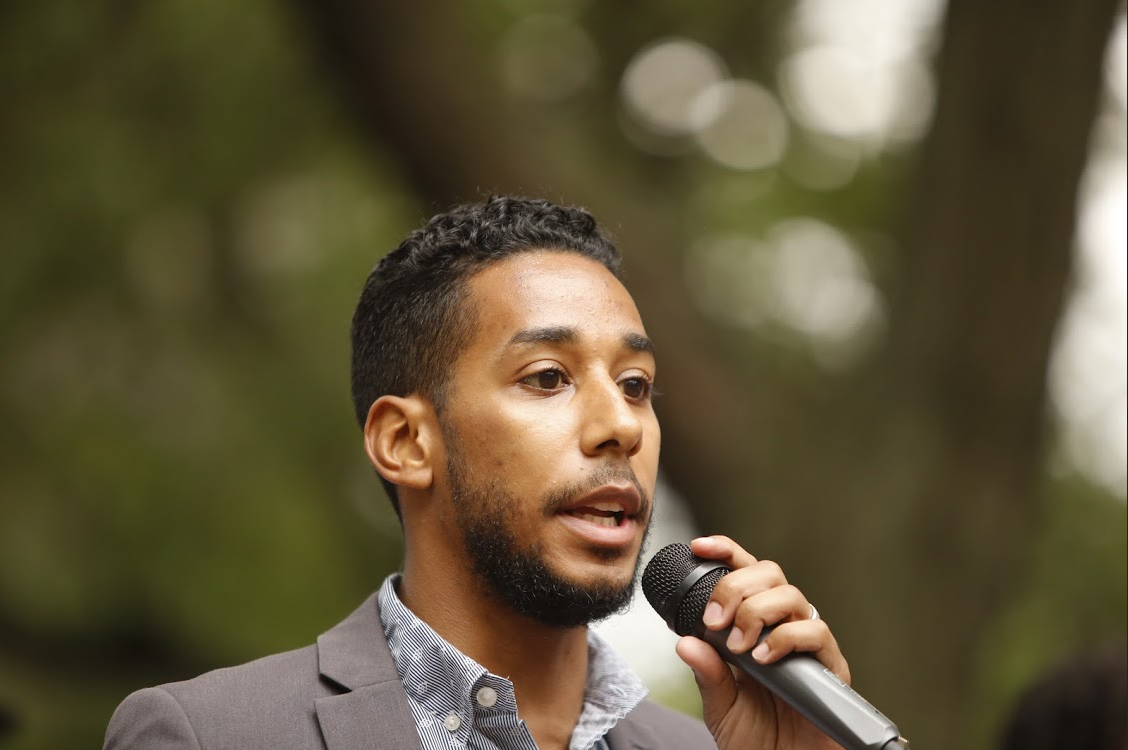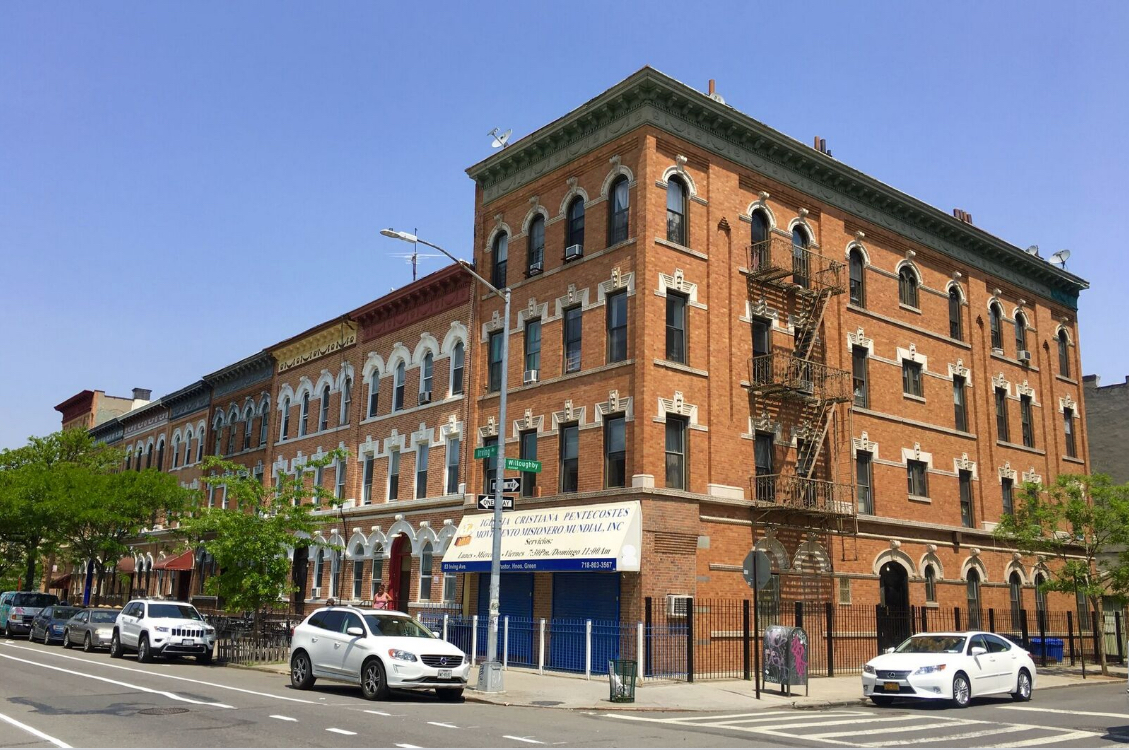City’s promise to invest in Bushwick rings hollow, community says
Residents and local elected officials claim the city's plan for community improvements is "a snapshot of currently funded projects."

Antonio Reynoso announced in an email to supporters that he is running for Brooklyn Borough President in 2021. Eagle file photo by Andy Katz
Bushwick residents are souring on the city’s plan to rezone the neighborhood, with some local leaders claiming officials are trying to skirt commitments to make new investments in the community.
Residents initiated the process to reshape the neighborhood to get ahead of a flood of development through drafting the Bushwick Community Plan. Their plan conceded major transit corridors to high-density residential zoning in return for a slew of new investments across Bushwick in parks, health, small business development and infrastructure.
Related: Everything you need to know about the Bushwick Community Plan
